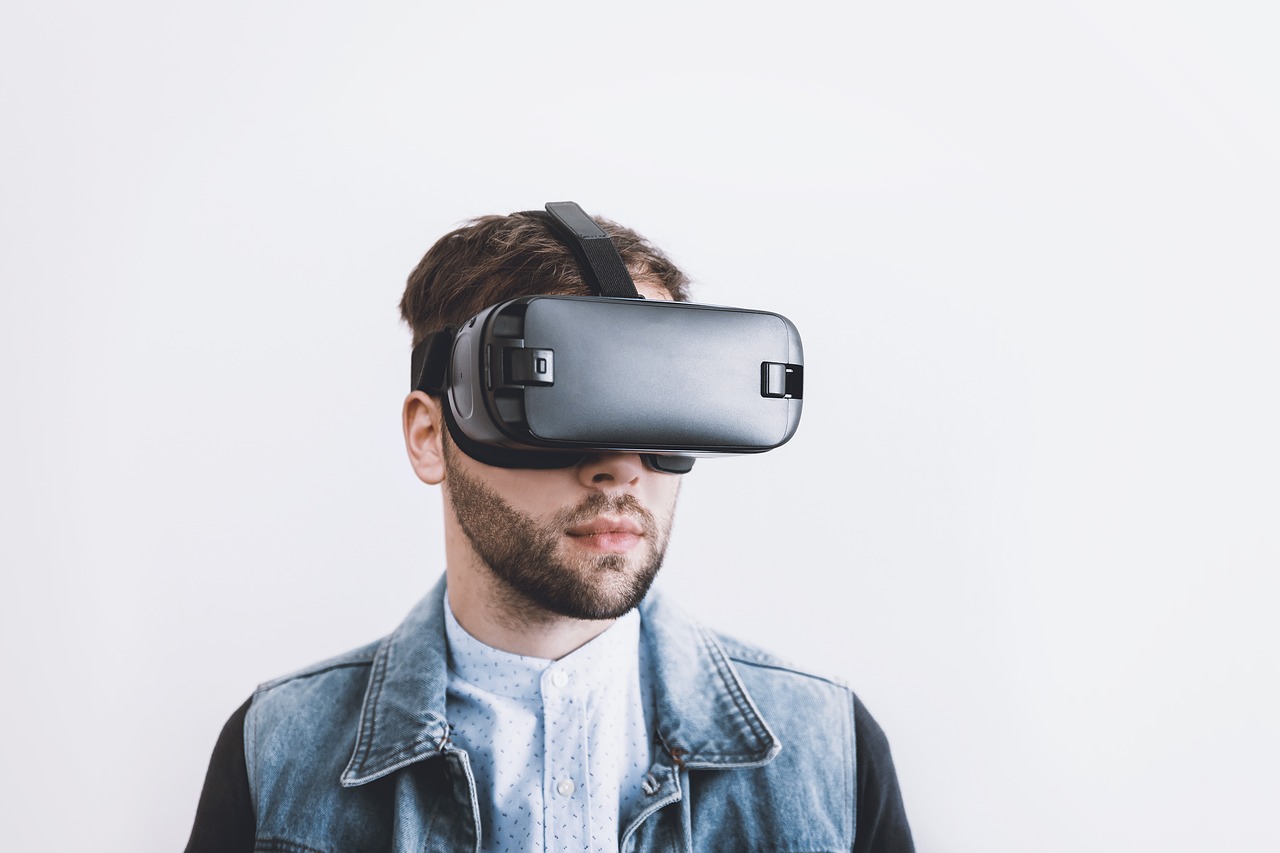Written by Tom Symonds, CEO of Immerse
The learning innovation space has historically been problematic for businesses that struggle to provide accurate, efficient and cost-effective training for their staff.
Years of inertia across organisations has meant that while the world of work rapidly evolves around it, L&D has stagnated as companies struggle to find cost-effective solutions that are engaging for staff, quantifiable for leaders, and provide ROI for businesses.
But with the arrival of virtual reality (VR) promising higher levels of engagement and breaking down both distance and time barriers, many believe that it is now the defining technology to reform the space.
There’s solid evidence emerging from industries which suggest that VR has the potential to have a significant impact on the way that people learn too. The National Training Laboratory stated that “information recall rates for VR can achieve 75%, versus 10% for reading and 5% for lectures and talks”.
As the business case for enterprise VR strengthens and the technology continues to be rolled out, understanding what you need to weigh up if you’re considering incorporating virtual reality into your technology mix is of high importance.
CONTENT
When you start moving into VR, ensuring you’re planning and building your content in a scalable way is vital. With equipment continually evolving, make sure you’re creating content that you can migrate to future headsets to reduce your workload as you look to update your technology in years to come.
HARDWARE CHOICES
Different headsets and equipment have their own strengths and serve different purposes. Making sure you choose the right headset to suit your business needs shouldn’t be overlooked. If supportability and scalability are at the forefront of what you want to achieve for your business, acquiring a headset that comes with less collateral and therefore fewer parts to maintain maybe your best option.
DATA IS KING
The importance of data in the modern-day workplace is unprecedented. Using technology in your training process is another opportunity for you to gather hard data that can provide you with valuable insight to unlock any potholes that exist within your business. Making sure you’re working with a partner that provides highly-analytical data capture abilities that are both easily accessible and quantifiable can ensure your training process is continuously improving.
Enterprise VR training is helping to break down the challenges of training, and incorporating it into your business can provide a great advantage over your competitors. Seeking the right advice to ensure you’re getting the best knowledge and understanding when taking the leap into VR is crucial, as enterprise VR training has the power to take your business to the next level.
Quelle:




